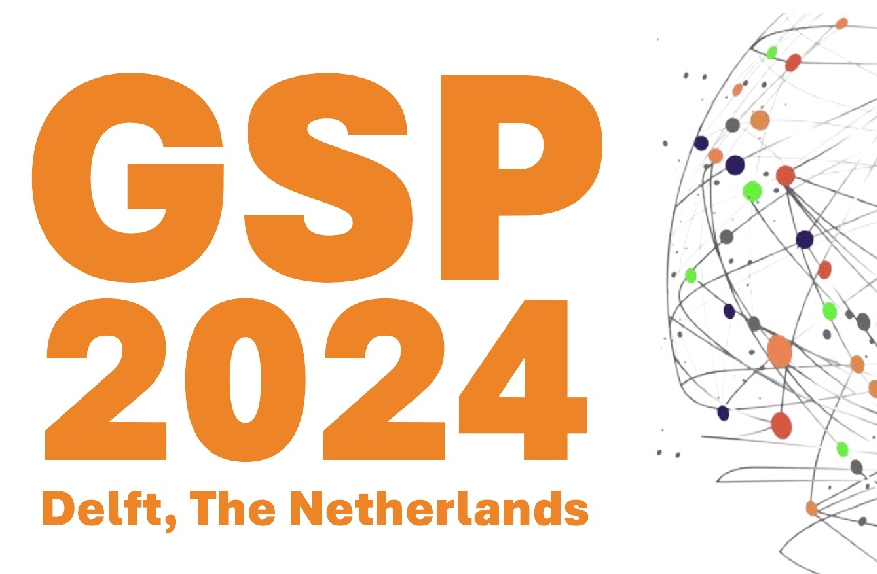Agenda
PhD Thesis Defence
- Wednesday, 8 June 2022
- 09:30-11:30
- Aula Senaatszaal
Direction of Arrival estimation and Self-Calibration techniques using an array of Acoustic Vector Sensors
Krishnaprasad Nambur Ramamohan
The localization and characterization of sound have played a vital role in various applications, ranging from noise control of machinery to battlefield awareness. Microphone arrays are commonly used to find sound sources, which implicitly inherits a series of limitations. Alternatively, acoustic vector sensors (AVSs) have shown promising results in overcoming most of those limitations, specifically having a larger operation frequency while requiring a smaller number of sensor nodes. However, literature about this topic is still evolving and mainly focused on the theoretical aspects, disregarding most real-world limitations. This thesis extends the AVS arrays' theoretical framework for direction-of-arrival (DOA) estimation of far-field sources while considering practical constraints. Specifically, the study considers the DOA estimation problem using AVS arrays in three main scenarios: spatially under-sampled configurations, the presence of calibration errors, and sensors with a reduced number of channels.
The idea of spatial sampling by AVS arrays has a different interpretation compared to the equivalent acoustic pressure sensor (APS) arrays. Notably, it is possible to carry out unambiguous DOA estimation using a spatially under-sampled AVS array, which is the main topic of interest in the first part of this work. Here we study the effects of the grating lobes or spatial aliasing on the performance of DOA estimation. We will observe that this idea can also be extended to beamforming applications.
Subsequently, in the second part of this work, we consider the DOA estimation problem using AVS arrays in the presence of calibration errors. First, identifiability conditions are derived for the solution to exist. Then two main classes of self-calibration approaches are proposed. The first calibration approach is array geometry independent and is based on sparse recovery techniques that lead to a one-step solver to estimate both the source DOAs and the calibration parameters jointly. Further, the extension of the proposed selfcalibration approach in the presence of wide-band sources is also presented. The second calibration approach applies only to a uniform linear array (ULA) of AVSs, where the Toeplitz block structure of its covariance matrix is exploited to estimate the calibration errors followed by the estimation of the source DOAs.
In the last part of the thesis, an alternate configuration of an AVS is considered for DOA estimation with a reduced channel count. We refer to such an AVS as a uniaxial AVS (U-AVS). The DOA estimation performance using a U-AVS array is analyzed, and specifically, the impact of the extra degree-of-freedom originating from the fact that each U-AVS in the array can have arbitrary orientation is studied comprehensively. Furthermore, all the analyses and proposed algorithms in this thesis are supported by real experimental results performed with AVS arrays in an anechoic chamber.
To conclude, this research on AVS arrays paves the way to achieve an increased situational awareness across our society; this could be either by detecting and localizing problems or threats occurring in an urban environment or assisting soldiers on the battlefield to make a timely decision to achieve peace.

Agenda
- Tue, 30 Apr 2024
- 10:00
- HB18.090
MSc SPS Thesis presentation
Wim Kok
A SystemC SNN model for power trace generation
- Mon, 6 May 2024
- 12:30
- Aula Senaatszaal
PhD Thesis Defence

Christoph Manss
Multi-agent exploration under sparsity constraints
- Tue, 21 May 2024
- 10:00
- Aula Senaatszaal
PhD Thesis Defence

Wangyang Yu
- 27 -- 28 May 2024
- Aula, TU Delft
Conferences

44th Benelux Symposium on Information Theory and Signal Processing (SITB'24, Delft)
- Tue, 18 Jun 2024
- 15:00
- Aula Senaatszaal
PhD Thesis Defence

Hanie Moghaddasi
Model-based feature engineering of atrial fibrillation
- Mon, 24 Jun 2024
- Aula, TU Delft
Conferences
